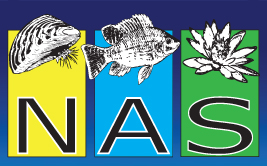
|
Tunicates, also called sea squirts, (Phyum
Chordata, Subphylum Urochordata) have all the characteristics of a chordate but
lack a backbone, so they are invertebrates. The are usually found in marine environments,
but a few species are found in fresh water. Some species of tunicates are colonial
while others are solitary. Tunicates go through a free swimming larval stage before
settling on the substrate. Standard methods of introduction include ship fouling
or transportation in ballast water of ocean-going vessels. Potential impacts include
competition with native species for suitable substrate and effects on organisms
to which they attach. An example of an introduced tunicate is the club tunicate,
Styela clava (pic 42k). This species
was introduced into Newport Harbor, California, in the 1920s, where it went unnoticed
until 1933. By 1949, it was one of the two dominant tunicates in the bay. It has
replaced the native solitary tunicates in the bay.
|